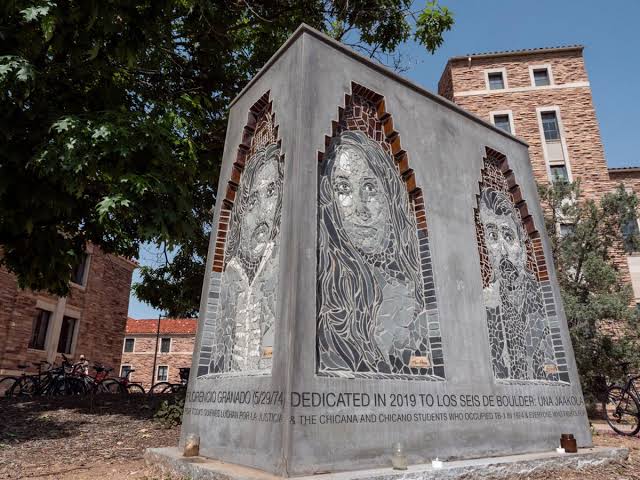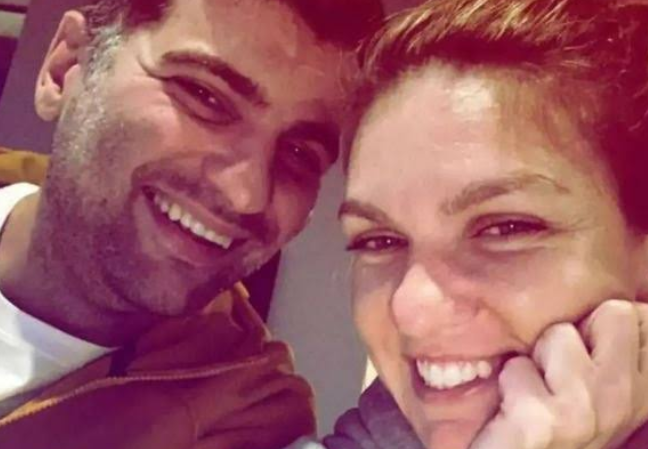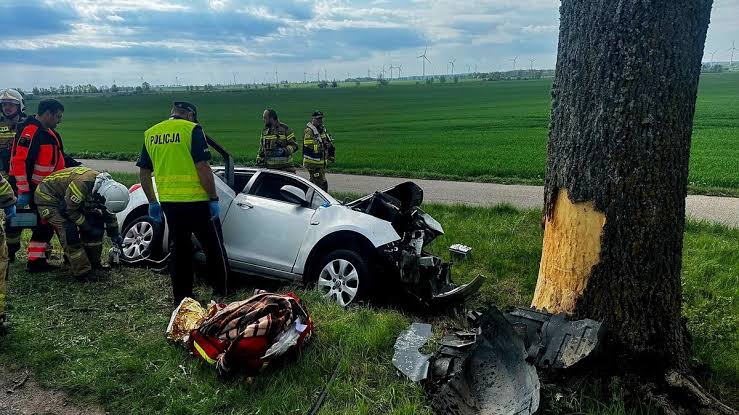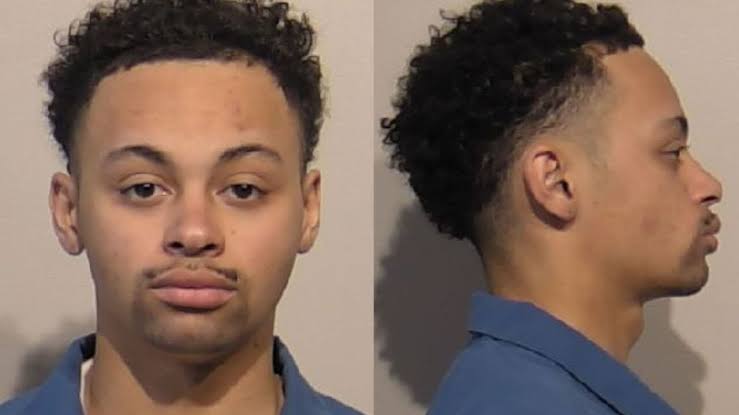Tragic Loss During Campaign: Chicano Activist 23 Years Old Among Cu Students Killed Bombing….Many Fatalities
Tragic Loss During Campaign: Chicano Activist, 23, Among CU Students Killed Bombing – Many Fatalities Shock Campus and Nation
a horrifying tragedy shook the University of Colorado Boulder and left the nation grappling with questions that remain unanswered to this day. A young 23-year-old Chicano activist was among six student leaders who lost their lives in two deadly car bombings during an intense civil rights campaign. These young individuals, now remembered as Los Seis de Boulder (The Boulder Six), were deeply involved in advocating for justice, equality, and educational reform for the Mexican-American community. Their untimely deaths became a symbol of sacrifice, resistance, and unresolved injustice.
The Victims and Their Cause
The six student activists killed were:
Reyes Martinez, 23
Neva Romero, 21
Una Jaakola, 24
Francisco “Pancho” Martinez, 26
Florencio “Larry” Madrid, 21
Heriberto “Herbie” Teran, 24
All were active members of UMAS (United Mexican American Students) and MEChA (Movimiento Estudiantil Chicano de Aztlán), organizations at CU Boulder focused on empowering the Chicano community. Their campaign sought educational reform, an end to discriminatory practices, and better recruitment and retention of Chicano students in higher education. The campaign was gaining momentum in 1974, when the tragic events unfolded.
The Bombings: Two Deadly Explosions in 48 Hours
On the evening of May 27, 1974, a car carrying Martinez, Romero, and Jaakola exploded near Chautauqua Park in Boulder. The blast killed all three instantly. The explosion’s force was so great that debris was scattered across the area, and the sound echoed throughout the foothills.
Just two days later, on May 29, a second car bomb detonated near Boulder High School, killing Francisco Martinez, Larry Madrid, and Herbie Teran. The pattern and similarity of the two bombings were chilling, and fears of a targeted attack quickly spread through the community.
Initial Reactions and Controversy
Authorities initially claimed the students may have been transporting explosives, suggesting the blasts were accidental. This theory was met with anger and disbelief from the Chicano community and the students’ families, who insisted the victims were not involved in violence but in peaceful activism.
The local police and federal authorities launched investigations, but no one was ever charged in connection with the deaths. Rumors of FBI surveillance and COINTELPRO involvement only deepened public suspicion. COINTELPRO was an FBI program used to monitor and disrupt civil rights and political groups, including the Black Panthers and Chicano activists.
Many believe that Los Seis were being watched by federal agencies and possibly targeted for their political beliefs. Documents obtained years later confirmed that Chicano student groups in Colorado had been under surveillance.
Impact on the University and Chicano Movement
The deaths of Los Seis were a massive blow to the growing Chicano movement in Colorado and across the United States. At CU Boulder, students organized vigils, protests, and memorial services. Faculty and community leaders called for justice and a transparent investigation into the bombings.
Despite the grief and fear, the tragedy galvanized activism. The legacy of the six students inspired new generations of Chicano leaders and intensified the demand for equality, respect, and inclusion in the academic world and beyond.
Remembering Los Seis Today
Fifty years later, the memory of Los Seis de Boulder is still alive. The university community, alumni, and activists continue to honor the fallen students. In 2015, a striking mural was painted on campus by artist Jasmine Baetz, featuring portraits of the six victims and symbols of their cultural heritage and activism.
In 2021, the CU Boulder Ethnic Studies department led a campaign to include more education on the history of Los Seis and their contributions to student movements and civil rights. Documentaries like Symbols of Resistance and campus exhibitions help to keep their story alive for new generations.
Their names are now etched into the fabric of Chicano history, not just as victims, but as martyrs of a larger movement for justice and equality. Memorial scholarships and activist awards have also been established in their honor.
Unanswered Questions Remain
Despite decades of remembrance, the official narrative of the bombings remains disputed. No one was held accountable, and critical evidence either disappeared or was never publicly released. Families and activists still seek the truth—hoping that one day, declassified documents or witnesses will come forward to shed light on what truly happened in Boulder that May.
The 1974 deaths of the six young Chicano activists during a passionate campaign for justice remain one of the most painful and mysterious chapters in the University of Colorado Boulder’s history. Among them, a 23-year-old leader had dedicated his life to creating a better future for his community. Instead, his life and those of his fellow activists were cut tragically short.
Their courage, ideals, and activism continue to inspire movements today. Los Seis de Boulder were not just students—they were visionaries who stood up for their people. Though their lives ended in violence, their legacy lives on in every student who dares to speak up, organize, and demand a better world.






